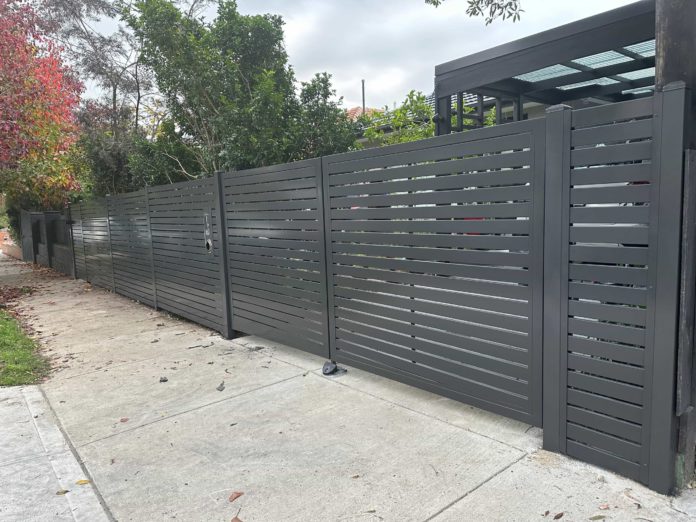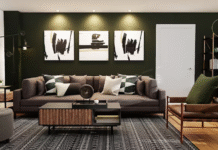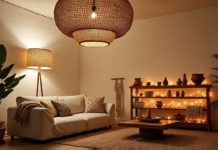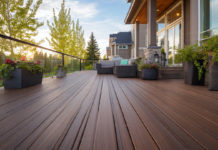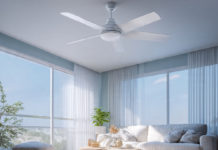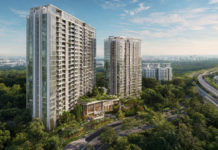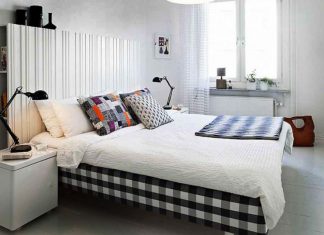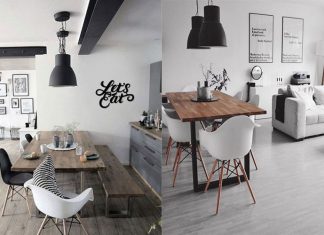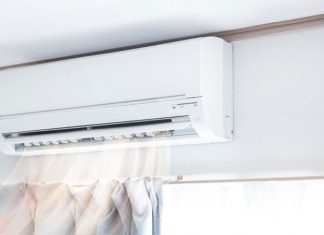Minimalism is increasingly becoming a reality in the constantly changing urban architecture, especially in interior design. But landscaping is not left out either. Minimalist fencing is proving to be an iconic style in contemporary houses. These fences have clean lines and neutral colors. They bring a simple but stylish character to a high-speed and cluttered urban lifestyle. Want to find out more about the minimalist fencing trend? Read on!
A quiet statement in a hectic setting
When you search for fencing companies near me on Google, the results will likely include clean and modern designs. There has been increasing demand for simple and low-maintenance designs, especially within the new urban buildings or newly acquired buildings.
Space is tight and visual clutter is everywhere, particularly for the inner suburbs of cities like Sydney. Fencing is subject to the same situation of becoming not only a functional choice but a pivotal design feature that influences the curb appearance of a home and its connection to the street view.
That is where minimalism excels. Instead of attracting attention, minimalist fences perfectly blend with the architecture. All while the surrounding environment remains unaffected. Modern vertical or horizontal slats, commonly made of steel, aluminum, or composite materials, provide privacy and security without dominating the home’s design.
Nature of materials: Steel, aluminium, and composites
Minimalist fencing is very much reliant on contemporary materials. Powder-coated aluminium is common because of its lightweight, non-corrosive characteristics and a large choice of finishes. Steel, preferably galvanised or corten steel, has a more industrial bite yet remains stylish and low profile.
Composite materials are frequently constructed of recycled plastics and wood fibres. They give the minimalist appearance of timber with zero maintenance. They are excellent choices among homeowners looking to enjoy the sleek design of minimalism with greater durability and environmental sustainability.
Colors are more on the neutral side: black, charcoal, white, and muted greys. They contribute to the overall understated look. Coloring the fence the same way as window frames, garage doors, or architectural appearance contributes to overall consistency in visual appearance.
Landscaping Integration: Less is not boring
‘’Minimalist design is boring’’ is a misperception. In fact, a minimalist fence can form a significant architectural statement when it is introduced to smart landscaping.
Dwarf plants, like grasses or succulents, make an impressive contrast with dark slatted fencing. Vertical gardens, planters, and vegetation simplify the harsh edges without ruining their simplicity. Additional lighting, most notably embedded LED strips or up-lighting, further enhances the space. That creates a focus on the structure and materials of the fence at night.
When it comes to integrating fencing with smart elements, such as gate motors, lights, or even security cameras, electricians would naturally be a critical figure in making minimalist fencing concepts a reality without compromising their design.
Final thoughts
With urban design still leaning on clean, functional, and harmonious aesthetics, minimalistic fencing is here to stay as one of the most preferred designs by architects and homeowners. It shows that less can indeed be more, even in an item as functional as a fence.
